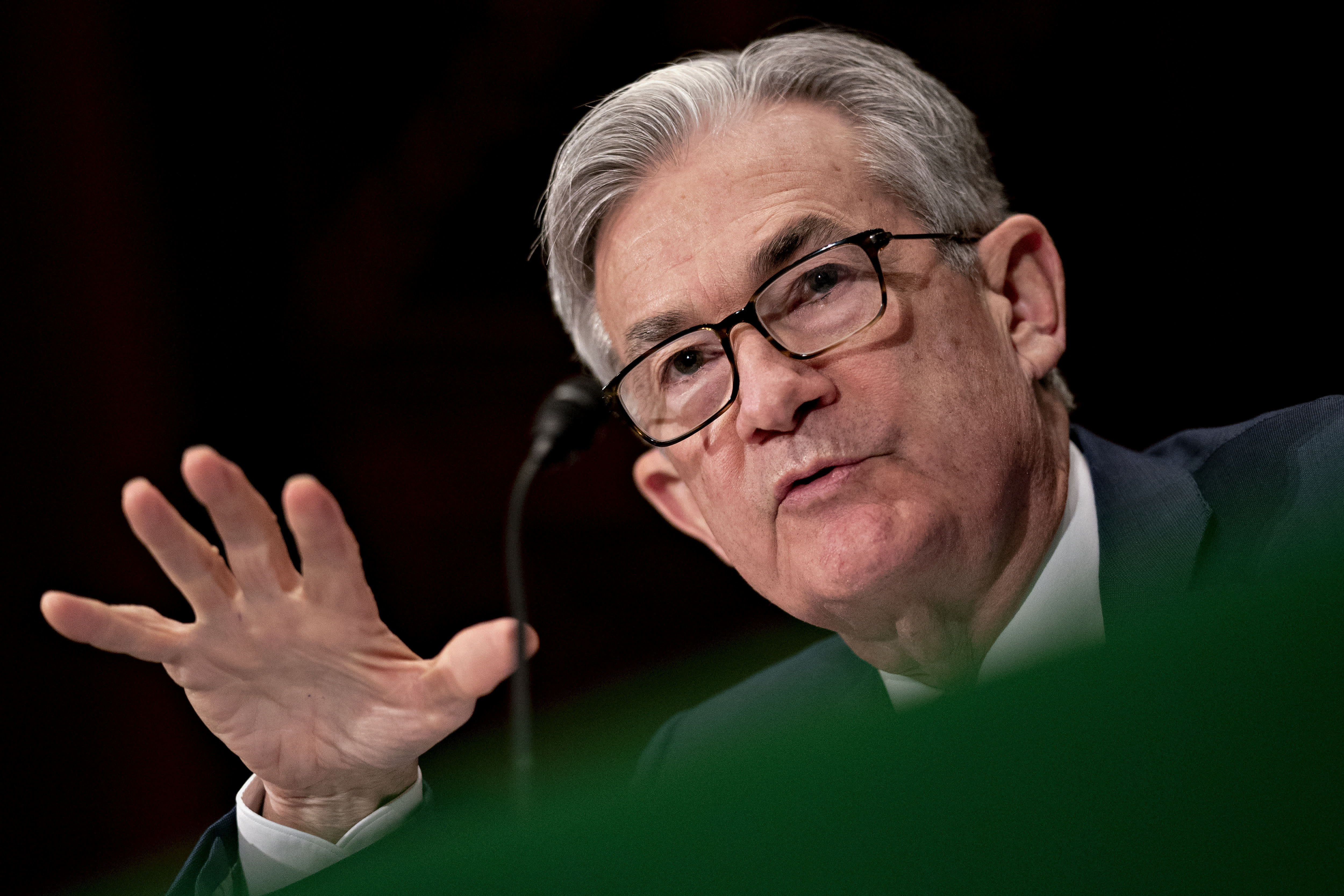If I may be so bold as to simplify Jerome Powell’s Jackson Hole speech from this morning: There is no longer any empirical evidence that would suggest that full employment is, in and of itself, a cause of rising inflation.
In many ways, this is the Fed’s somewhat belated acknowledgement that the type of wage-price spirals that we saw in the U.S., and around the world, from the late 1960s through the early 1980s, are no longer mutually reinforcing cycles.
The Phillips Curve, that bears the name of the economist William Phillips, states that there is an inverse relationship between low unemployment and high inflation. Phillips studied the British economy from 1861 to 1957 and found that inverse correlation held true during that period.
The notion was further reinforced in the 1970s when the U.S. and the rest of the world suffered through debilitating inflation for over a decade.
However, Phillips’ measurements were essentially assessing that relationship in an entirely closed economic system that also was home to the introduction of labor unions and other factors that drove both wages and prices higher as unemployment declined.
Indeed, here in the U.S., especially in the 1970s, as the influence of labor unions peaked, contractual raises and inflation adjustments were automatically built into wage levels. The U.S. abandoned the gold standard, the value of the dollar fell, and shortages of key commodities, including two massive “oil shocks” fanned the flames of inflation.
There was a mistaken understanding that those forces were Phillips Curve-related.
Since that time, unions have been broken, for all intents and purposes, the economy has been globalized, bringing down both the cost of labor and the cost of goods and services.
Further, technological innovation has driven down the price of many goods, while simultaneously raising their quality, also pushing general prices lower still.
Episodic financial crises led to outright deflation since the 1980s, adding to downward pressures, irrespective of employment levels overall.
Both interest rates and inflation have continued to fall since their respective peaks in 1981 and have borne no direct relation to the levels of employment.
The key question, however, is whether this remains true in a period of economic nationalism, demands for living or minimum wages, both at home and abroad.
In addition, with the Fed “monetizing” massive budget deficits in the U.S., there is a looming question about the value of the U.S. dollar.
Should it fall, as the Fed remains accommodative for the next many years, will a weaker dollar, enormous public (and private) sector debt prove inflationary or, will that indebtedness lead to further deflationary pressure if the post-Covid economy fails to grow fast enough to support heavy debt levels?
That is a question at home and abroad.
Inflation and deflation tend to be part of great economic waves that often last decades.
As the Fed gives up on the Phillips Curve, decades after it proved to be useful, is that a contrarian signal that the Fed ought to be, again, grading on that curve and being more, rather than less, vigilant about incipient inflation?
A question only time will answer. The answer, as always, will be found in the message of the markets. Right now, the message favors the Fed’s historic policy change.
But that’s now … bond yields, gold, silver and Treasury Inflation-Protected Securities may be telling an emergent tale that is not what other markets currently expect.
Subscribe to CNBC PRO for exclusive insights and analysis, and live business day programming from around the world.
